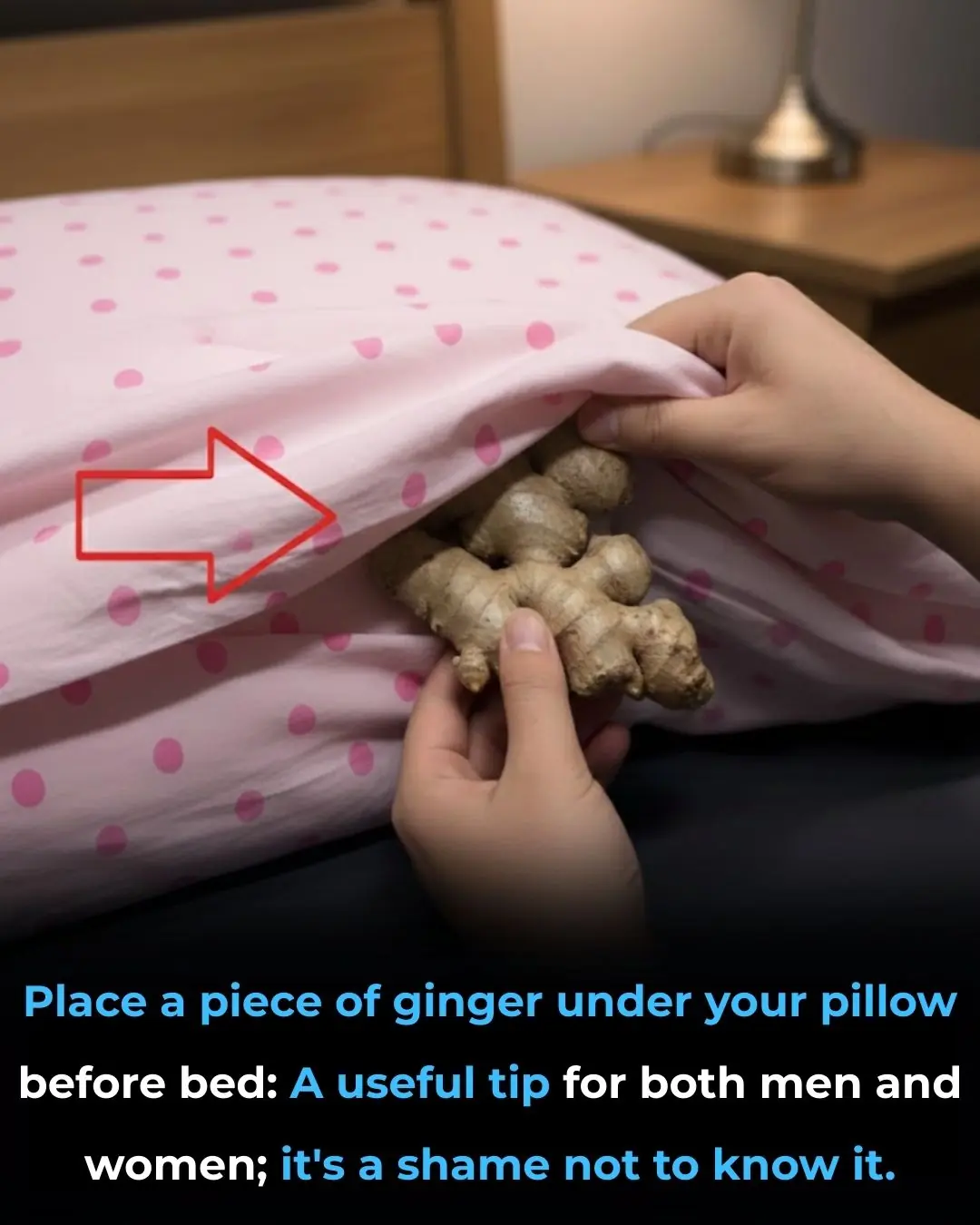
No need to call a technician, the situation will be resolved if you know this tip!

When your walls are facing issues such as dampness, blistering, or peeling, don’t rush to call a technician. Try the following methods, which can help you resolve the problem quickly.
After several years of use, the walls in your home may start to develop mold, blister, or peel. During the rainy season, this issue can become even more severe. Moldy walls not only affect the appearance but also pose a health risk to your family. To address this situation, most people would call a professional. However, with the following methods, you can quickly and effectively handle peeling or moldy walls on your own without the need for a professional, helping you save money for your family.
1. Mold treatment method
Step 1: When mold appears on the walls, use a dry toothbrush to brush off the mold spots first. Then, use a soft cloth soaked in alcohol to gently wipe the wall, which helps dry it out and prevent further mold growth.
Step 2: Mix bleach and water in a ratio of 1:99, pour the solution into a spray bottle, and spray it on the moldy wall. This will clean the mold easily. In humid weather, you can mix bleach and water in a 1:20 ratio and apply it to the moldy areas. After the wall dries, use sandpaper to smooth the surface, then apply a layer of waterproof primer before painting the wall. Doing this will help prevent moisture from causing further mold growth.

2. What to do if the wall blisters?
Blistering walls are also a common issue in home decoration, caused by various reasons. When the wall blisters, follow these steps:
Step 1: Remove the blistered and peeling areas. If it’s caused by the wall filler, remove the old filler and apply a high-quality wall filler to patch it up.
Step 2: For localized blisters, scrape off only the affected area, smooth the edges, then apply primer and repaint. If the blister covers a large area, scrape it all off, wait for the wall to fully dry, and then apply a new layer of plaster.
Step 3: During the decorating process, follow proper construction guidelines, apply waterproofing at the base of the walls, and repair any cracks.
Step 4: Avoid painting during the rainy season. It's recommended to use the same brand and product line of primer and paint for the best results.

What to do if the wall is peeling?
Peeling walls not only affect appearance but also create dust and sanitation issues. Generally, when addressing peeling, it’s best to handle it appropriately based on the specific situation.
Step 1: Remove the peeling areas and scrape off the old filler. Smooth the edges of the scraped area, then apply primer. The top layer of paint can be applied over the primer.
Step 2: If the peeling is severe, remove the wall layer and repaint with a surface treatment or primer.
Step 3: For areas with heavy peeling, dampen the affected section by spraying water, then use a scraper to remove the peeling paint. If no dust falls off, it means the original wall filler is of good quality. You can smooth the area with fine sandpaper and then apply primer and paint as needed.

News in the same category


Grandma Saw the Sweater She Knitted for Her Granddaughter Donated and Decided It Was Time for a Talk About Appreciation

My Late Mom Left Me a Trust Fund, but My Dad Took Money from It for His Stepdaughter — I Finally Retaliated

My Husband Made Me Sell My Apartment to Pay Off His 'Business Debts' After Being 'Dumped' by His Partner — But It All Turned Out to Be a Lie

My Landlord Raised My Rent Because I Got a Promotion — Big Mistake Messing With a Single Working Mom of Three

All the Guests Brought Black Gifts to My Birthday Party — If Only I Knew What Was Coming

Cleaner Stepped Into a Stranger’s Home

My Mom Avoided Me for Years

My Best Friend Asked Me to Watch Her Kids for an Hour – I Didn't See Her Again for 7 Years

My Husband Had Been Secretly Transferring Money from Our Joint Account to My Best Friend for Months

What’s The Purpose Of The Fabric Strip Across Hotel Beds

How dare you even touch the patient

My mother-in-law, who works with me, humiliated me in front of the entire office

The experienced doctor was only hired as a nurse after prison

She hadn’t even managed to say “I do!” at the registry office

Her mother-in-law opened the box, peered inside, and blushed

Quiet Ksyusha told all her husband’s relatives off with a few choice words

After the betrayal by his wife and his so-called friends

So, according to you, is it normal to rummage through a purse

Mom, you’re just a pauper!» Pashka shouted, slamming the door of his room.
News Post

This liquid helps clean mold stains on walls and ceilings; it's easy to find but not many people know about it.

Rice Water Uses for Skin

15 Best Skin Gels for Glowing Skin & Wrinkles

So good! Thanks nana!

Coconut Oil for Hair Growth – Add this in your Hair Oil

Why Does My Heart Hurt? Common Reasons For Heart or Chest Pain

Red Spots on Skin: Causes, Treatments and More (Extensive Guide)

Chia Seeds: Health Benefits & Nutrition Facts Based on Science

Clove benefits for Skin – Clove Oil, Clove Gel & Clove ice cubes

Proven Health Benefits of Celery & Nutrition Facts (Evidence Based)

The Benefits of Placing a Ginger Root Under Your Pillow Before Sleeping

The Benefits of Eleusine Indica in Traditional Medicine

Is “California Sober” a Viable Strategy to Reduce Alcohol Use? New Evidence Offers Support

Cannabis Extract Eases Chronic Low Back Pain and Improves Sleep and Mobility: Promising Phase 3 Evidence

When Cannabis Triggers Hyperemesis in Youth: Understanding a Growing Emergency

Physician-Led Medical Cannabis Clinics in Geriatric Care: A Promising Model for Senior Health

A 65-Year-Old Man Collapses at Midnight: Doctors Warn Against Four Drinks Not to Consume Before Sleeping

Everything You Need to Know About Eczema on the Ears

Tips for Dealing With Nail Psoriasis
